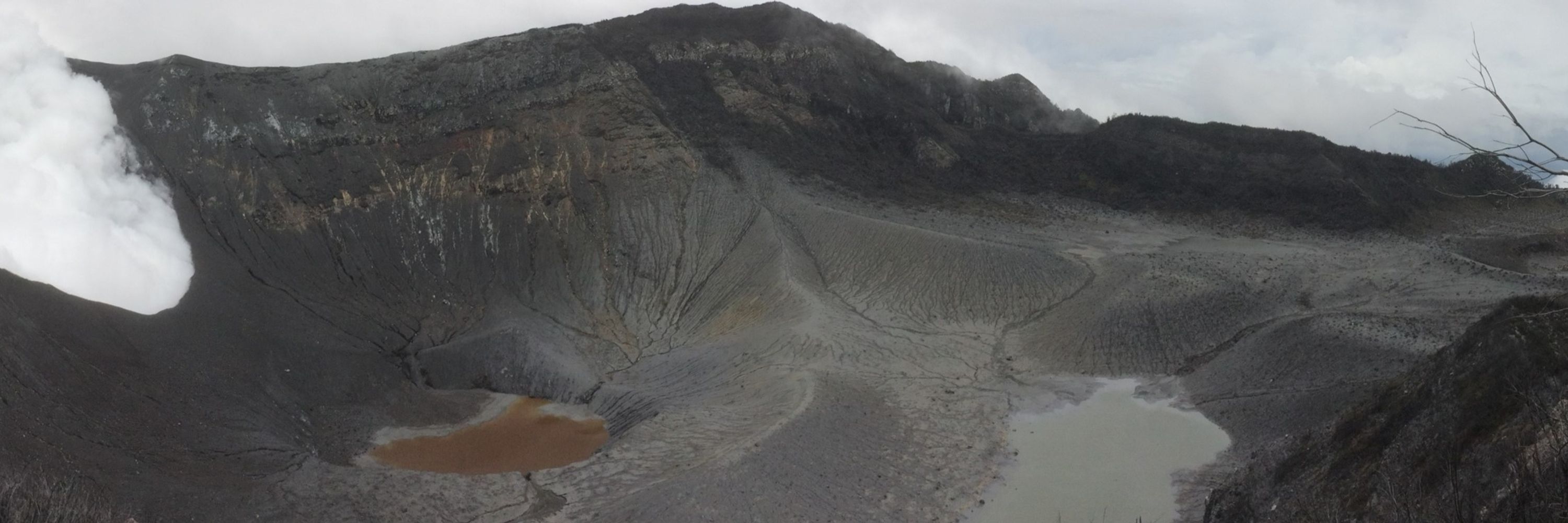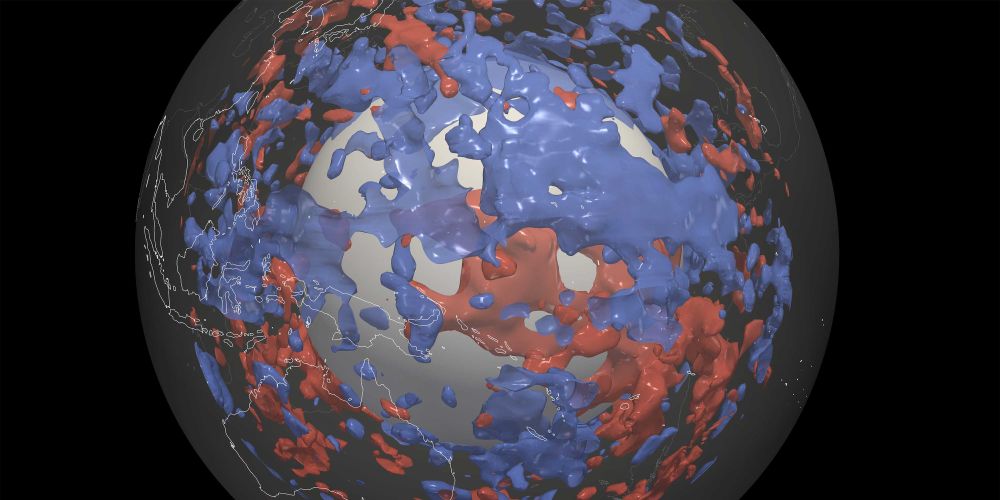
This #factfriday we explore how that works and what you can expect when publishing or reviewing with us.

This #factfriday we explore how that works and what you can expect when publishing or reviewing with us.

New #press #release on our work in Nature Scientific Reports paper (led by T. Schouten et al.):
New, advanced tools that image Earth's interior reveal plate remnants (?) where there shouldn't be any! 🌏
Curious? Read more here:
ethz.ch/en/news-and-...

New #press #release on our work in Nature Scientific Reports paper (led by T. Schouten et al.):
New, advanced tools that image Earth's interior reveal plate remnants (?) where there shouldn't be any! 🌏
Curious? Read more here:
ethz.ch/en/news-and-...



